Did you know that off-grid gardening is more than just a hobby? It’s a powerful step towards sustainable living and self-sufficiency. Imagine transforming a piece of raw land into a thriving garden that provides you with fresh, nutritious food all year round. Whether you’re a passionate gardener or someone seeking a more self-reliant lifestyle, starting an off-grid garden is an incredible opportunity to connect with nature and live in harmony with the environment.
In this article, we will guide you through our journey of creating an off-grid garden on our raw land. We will explore the step-by-step process of how we converted raw land into a productive garden, from clearing the land to implementing permaculture principles. We will also delve into strategies for enhancing soil fertility naturally, selecting the right garden size and design, and utilizing the tools and techniques essential for efficient rural gardening.
Disclosure: This site contains affiliate links to Amazon. When you click an order from the links, we earn a small commission without additional costs to you.
Making an Off-Grid Garden from Raw Land
Making our off grid garden from raw land is an exciting journey that requires careful planning and hard work. When starting with raw land, there are several essential steps to ensure a successful transformation into a productive and self-sufficient garden. From clearing the area to preparing the soil and finally planting and maintaining your crops, every stage contributes to the development of a thriving off grid garden.
The first step in making an off grid garden is clearing the land. We had to remove any rocks, weeds, and debris that may hinder the growth of our plants. This created a clean and fertile canvas for our garden. We spent countless hours plowing, weedwacking, clearing brush and tearing down small trees and huge weeds that were on the land.

Once the land is clear, it was time to prepare the soil for planting. Implement strategies to enhance soil fertility naturally, such as composting, adding organic matter, and incorporating cover crops. By improving the soil, you provide the foundation for healthy and productive plants in your off-grid garden.
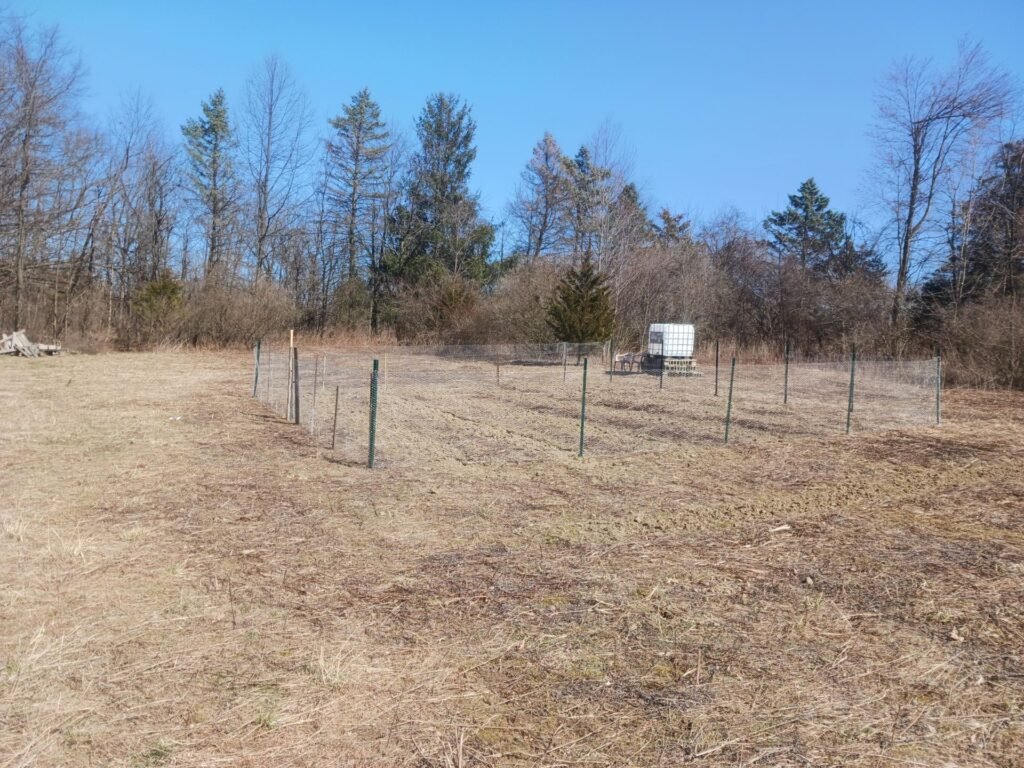

Strategies for Enhancing Soil Fertility Naturally
There are several effective strategies for enhancing soil fertility naturally, which can lead to healthier plants and higher yields in your off grid garden. Here are some strategies that worked for us:
Composting: Composting is a natural process of decomposing organic matter, such as kitchen scraps, yard waste, and plant materials. By creating a compost pile and regularly adding organic matter, you can enrich your soil with essential nutrients and promote beneficial microbial activity. Feel free to check out our other blog about composting for beginners!
Cover cropping: Cover cropping involves planting specific plants, such as legumes or grasses, to cover the soil during periods when the main crops are not growing. These cover crops help prevent soil erosion, build organic matter, and fix nitrogen, improving the overall fertility of the soil. These cover crops include buckwheat, rye, borage, and radishes.
Incorporating organic amendments: Utilizing organic amendments, such as compost, aged manure, and bone meal, can provide additional nutrients to your soil. These natural amendments help replenish soil nutrients and improve its structure, promoting better water and nutrient retention.
By using these natural strategies to enhance soil fertility, you can create a nutrient-rich environment for your plants to thrive and flourish. The result is a bountiful off-grid garden that provides you with fresh and nutritious produce. We especially use Black Kow manure in our garden. The soil in our garden is mostly clay. It retains moisture so much, that we are constantly trying to amend it with organic material like Black Kow, bone meal, and compost. This will take several years to amend but we will reap the rewards in the end.
Selecting the Right Size and Design for Your Sustainable Garden
When it comes to creating a sustainable garden, selecting the right size and design is crucial for maximizing space and resources. Whether you have a small patch of land or a larger acreage, careful planning and design can optimize productivity and ensure a bountiful harvest. To make informed decisions, several factors need to be considered:
Available Space
Assess the available space you have for your garden. Consider the dimensions, contours, and any potential obstacles. By understanding the limitations of your space, you can design a garden that efficiently utilizes every inch. Think creatively and explore vertical gardening techniques to make the most of limited space.
Sunlight Exposure
Take note of the sunlight exposure in different areas of your garden. Some plants thrive in full sun, while others prefer partial shade. Understand how sunlight moves across your garden throughout the day, and place your plants accordingly. This will ensure that each plant receives the optimal amount of sunlight for healthy growth. Our garden gets full sun, so we have the sun shades to protect some our plants that only require part sun.
Water Availability
Consider the water availability in your area when selecting the size and design of your sustainable garden. If you have limited access to water, opt for water-efficient practices such as drip irrigation systems or rainwater harvesting. These methods can help conserve water while still nourishing your plants. We recently installed a rain collection system on our property. Our 250-gallon water tank was designed to be on cinder blocks so that gravity can allow the water to reach the garden. We have a battery-operated timer installed on it so it will water only at certain times. We put a rain collection bucket on top of the water tote. Underneath, there is a filter that allows the debris and leaves to stay out of the tank.
Water Management: Creating an Off Grid Rain Collection System
Water management is a crucial aspect of off grid gardening, especially in areas where access to water sources may be limited. To ensure a sustainable and reliable water supply for your garden, creating an off grid rain collection system is essential.
In off grid gardening, relying solely on traditional water sources such as municipal supply or well water may not be feasible. By implementing a rain collection system, you can harness the power of nature and maximize water efficiency. Rainwater is abundant, free, and contains essential nutrients that can benefit your plants.
When designing and implementing a rain collection system, there are various methods you can explore. Two popular options are rain barrels and water totes. Rain barrels are large containers that collect rainwater from rooftops, while water totes are portable tanks that can store a significant amount of water.
Maximizing water efficiency in your off grid garden is also crucial. Here are some tips to help you make the most of the water you collect:
- Use a drip irrigation system: Drip irrigation delivers water directly to the base of your plants, minimizing water loss through evaporation and ensuring efficient water distribution.
- Cover the soil with mulch: Mulching helps retain moisture in the soil, preventing water evaporation and reducing the need for frequent watering.
- Group plants with similar water needs: By planting water-loving plants together and drought-tolerant plants together, you can ensure that each group gets the appropriate amount of water.
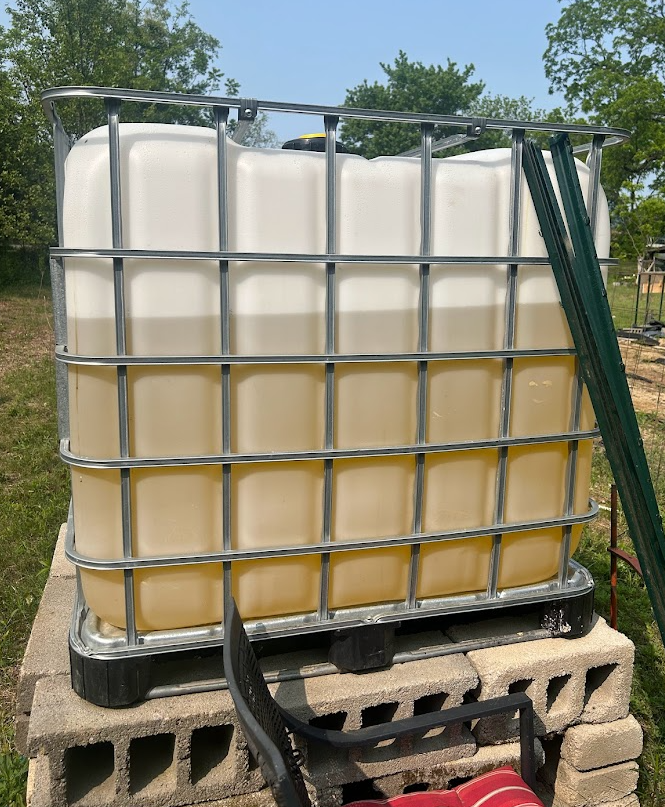


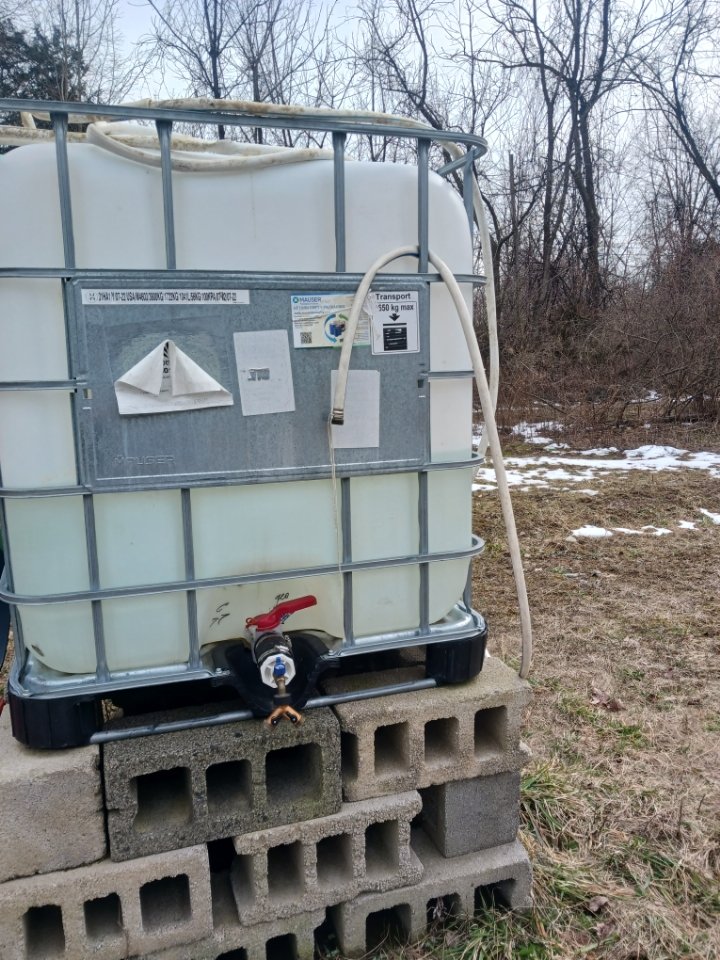
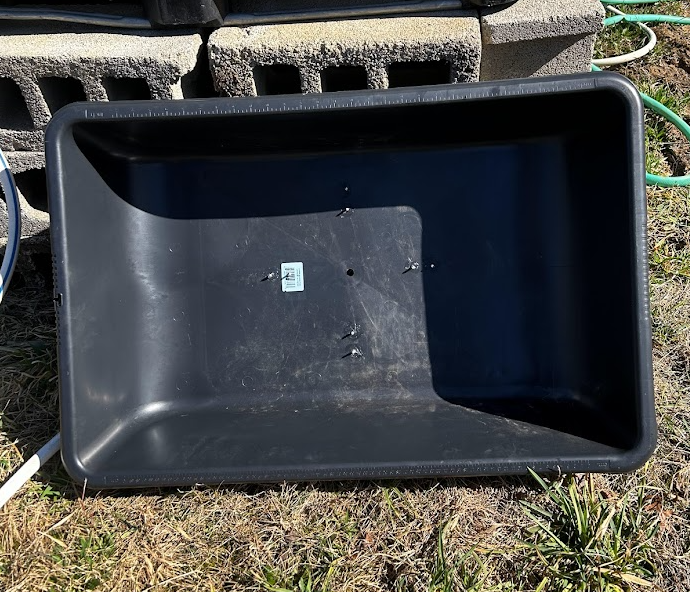

Self-Sufficiency Goals
Set your self-sufficiency goals and align them with your garden design. Determine what you want to achieve from your garden – whether it’s providing a steady supply of fresh produce or meeting a percentage of your household’s food needs. This will help you determine the size of your garden and the variety of crops you want to grow.
Once you’ve considered these factors, you can explore different garden layouts and configurations that promote sustainable gardening practices. Implementing permaculture principles, companion planting, and crop rotation can optimize space, improve soil health, and increase overall productivity. Remember, a well-designed sustainable garden can be both aesthetically pleasing and highly functional.
We decided to have many rows to plant our vegetables and herbs. We also have a lot of wildlife around our property, so a fence is certainly necessary. I did not fence in my small flower garden and the deer came along and ate everything. So, this year, the small flower garden will be fenced in for sure!

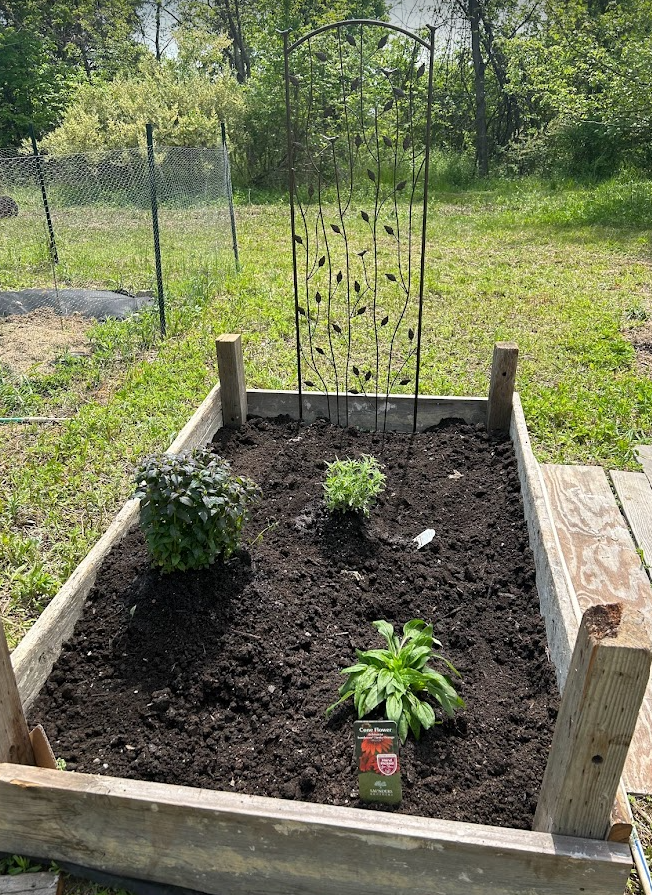
Must-Have Tools and Techniques for Efficient Rural Gardening
Efficient rural gardening requires the use of appropriate tools and techniques. To ensure success in your off grid garden, it’s crucial to choose the right tools based on the scale of your garden and the terrain of your land. Different tools are suitable for small-scale and large-scale gardening, as well as for various types of terrain.
Choosing Tools Based on Garden Scale and Terrain
When selecting garden tools, consider the size of your garden and the tasks you need to accomplish. For smaller gardens, lightweight hand tools like trowels, pruning shears, and hand weeders are essential. They offer precision and ease of use in tight spaces. For larger gardens, invest in long-handled tools like hoes, shovels, and rakes. These tools provide leverage and make it easier to work in larger areas.
Additionally, consider the terrain of your land. If you have rocky or uneven soil, opt for tools with sturdy handles and strong blades that can handle tough conditions. Look for tools that provide comfort and reduce strain on your body, especially if you have a large garden or plan to spend extended periods gardening.
Maintaining Your Tools for Long-Term Use and Reliability
Proper tool maintenance is essential for the long-term use and reliability of your garden tools. Regular cleaning and maintenance not only extend the lifespan of your tools but also ensure they perform optimally. Here are some tips for maintaining your garden tools:
- Keep your tools clean and free from dirt and debris. After each use, remove any soil or plant material from the blades and handles.
- Regularly inspect your tools for any signs of damage or wear. Replace broken or worn-out parts promptly to prevent further damage.
- Sharpen cutting tools, such as pruners and shears, to maintain their cutting efficiency. A sharp tool makes gardening tasks easier and reduces the risk of injury.
- Oil metal parts of your tools to prevent rusting. Apply a thin coat of oil, such as mineral oil or linseed oil, to protect the metal surfaces.
- Store your tools in a dry and secure location to prevent rusting and damage. Consider hanging them on a wall or using a tool rack to keep them organized and easily accessible.
Controlling Weeds Naturally and Sustainably
Controlling weeds naturally and sustainably is an important aspect of off grid gardening. Chemical herbicides are not aligned with the principles of self-sufficiency and sustainable living. Instead, implementing natural weed suppression tactics can help maintain a weed-free garden without compromising the health of your plants or the environment.
Weed Suppression Tactics Without Chemicals
When it comes to weed control, there are several effective tactics you can employ without resorting to chemicals. Manual weed removal is a straightforward approach that involves physically pulling out weeds by hand. This method is especially effective for smaller gardens or targeted areas where weeds are present.
Another natural weed suppression tactic is mulching. Mulching involves covering the soil around your plants with a layer of organic matter, such as straw, wood chips, or leaves. This layer acts as a protective barrier, blocking sunlight from reaching weed seeds and preventing them from taking root and growing. Mulching not only suppresses weeds but also helps retain soil moisture, regulate temperature, and improve soil fertility.
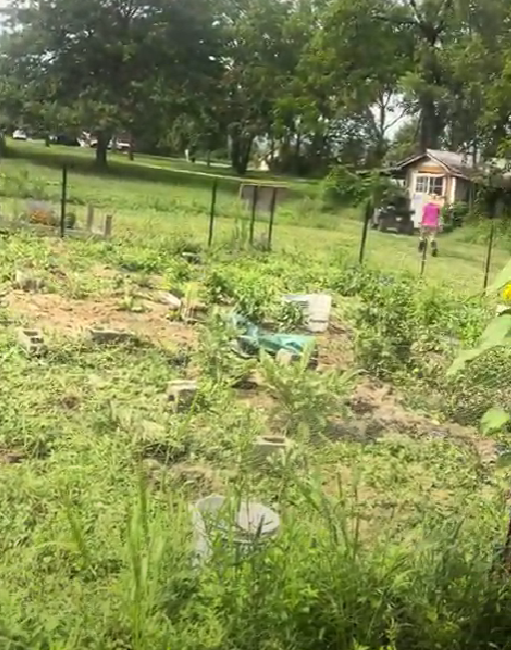
This is our garden after returning from a summer vacation. The weeds were completely overwhelming! The weather did not allow us to collect many grass clippings to use as mulch throughout the year. Therefore, the weeds continued to grow.
Implementing Mulching and Groundcovers as Natural Weed Barriers
One effective way to implement mulching is by using groundcovers. Groundcovers are low-growing plants that spread across the ground, forming a dense cover and outcompeting weeds for space, sunlight, and nutrients. When selecting groundcovers, choose varieties that are well-suited to your garden’s climate and soil conditions.
To effectively utilize mulching and groundcovers as natural weed barriers, follow these steps:
- Prepare the soil by removing existing weeds and debris.
- Apply a layer of compost or organic fertilizer to enrich the soil.
- Plant your desired groundcovers, ensuring proper spacing between plants.
- Once the groundcovers are established, apply a layer of mulch around them, taking care not to smother the plants.
- Maintain the mulch layer by replenishing it as needed to prevent weed growth.
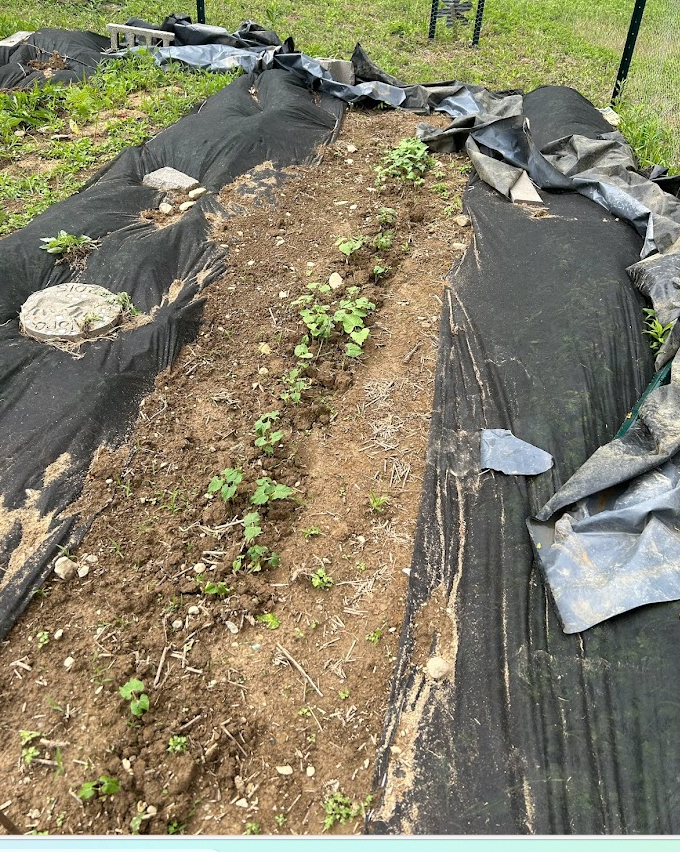
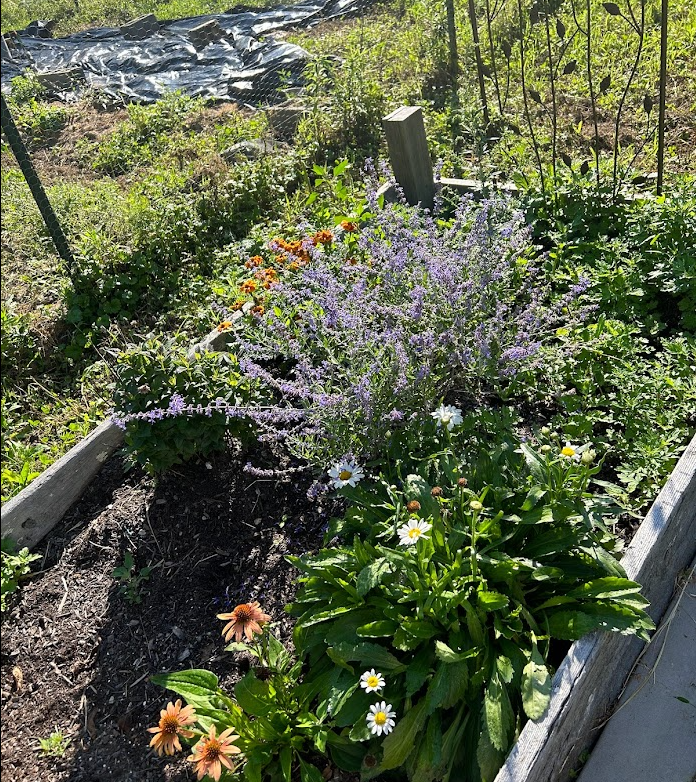
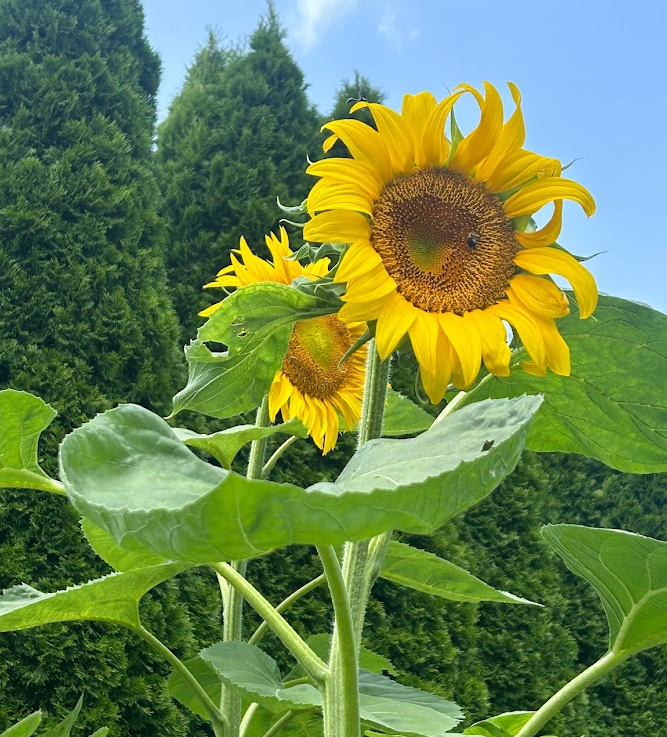
Despite the challenges of this off-grid garden, we have a very successful harvest. We were able to make 30 quarts of tomato sauce and packaged 50 vacuum sealed peppers.
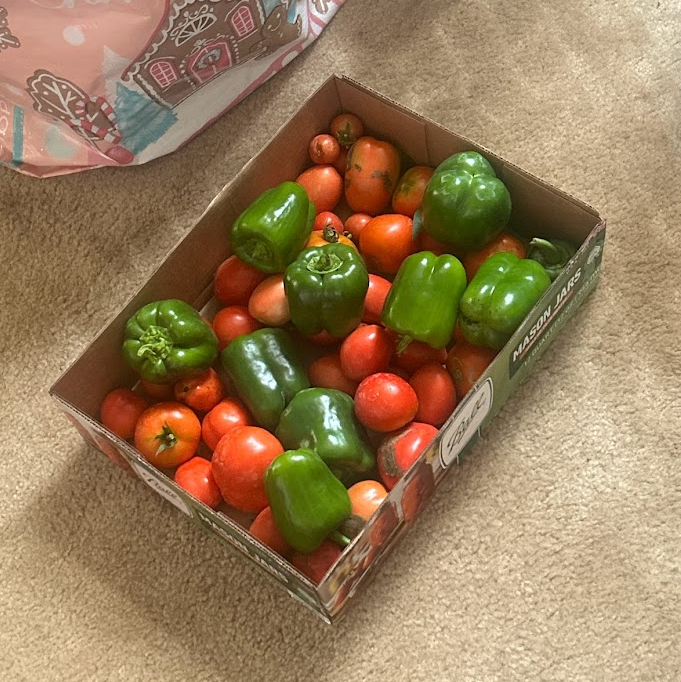

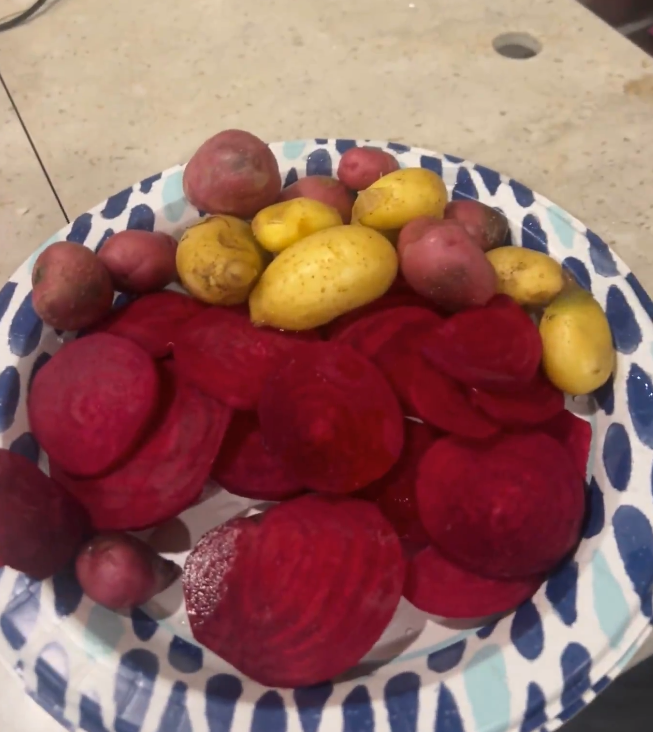
Conclusion
Starting an off-grid garden on raw land is a challenging but rewarding endeavor. It allows us to embrace sustainable living, self-sufficiency, and develop a deep connection with nature. Throughout this article, we have explored the steps to create an off-grid garden on raw land, from clearing the land to implementing permaculture principles. You too can create a thriving off-grid garden that provides you with fresh and nutritious food while living in harmony with nature. Stay tuned for this years growth and harvest as we have learned from our mistakes and will continue to thrive on this off-grid garden!

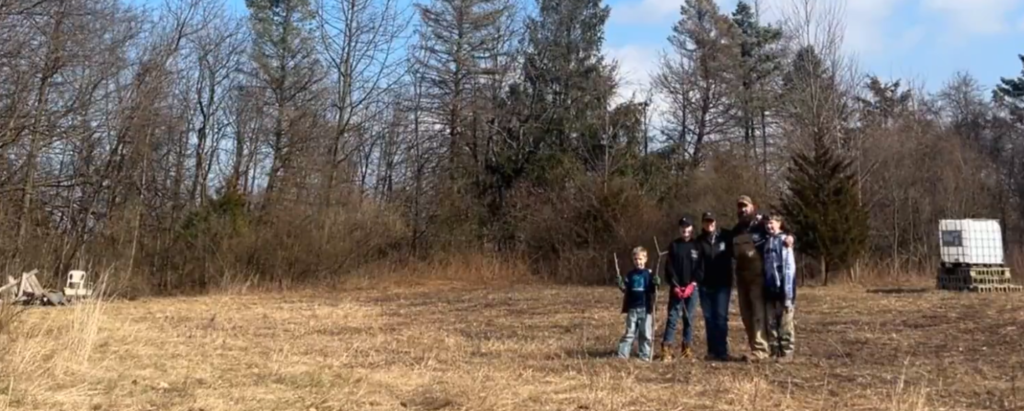


![No-Till Cover Crop 13-Seed Mix (1 lb. Bag): [50% Clovers Plus Fenugreek, Vetch, Flax, Cowpeas, Buckwheat, Forage Peas, Millet, Lentils, Crimson Clover, Sweet Yellow, White Clover, Medium Red Clover]](https://m.media-amazon.com/images/I/61tz3UL4ZfL._SL160_.jpg)





This is very informative, and something we all should be thinking about!
A super informative read on starting an off-grid garden on raw land. Thanks for putting this together!
Wow! Such great information! Thanks for sharing!